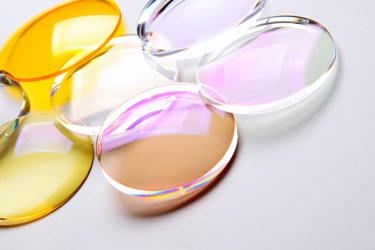How Optical Coatings Impact High-Powered UV Lasers

When thinking of a high powered laser, the image that comes to mind is likely to have some connection to a sci-fi “death ray.” Some planet, some ship, some foe is being instantly reduced to a sub-atomic pile of junk. The truth is there are extremely powerful lasers available in a variety of wavelengths, but they are not used for destructive purposes.
High powered lasers, such as those in the ultra-violet (UV) wavelength range (100 to 400 nm) are now used in medical applications, micro-machining, semi-conductor chip manufacturing, automotive, and defense, and aerospace technologies. UV lasers have distinct advantages over visible light and infrared lasers. One key advantage of UV lasers is they do not generate as much heat as other types. Without excessive heat to worry about, there is less likelihood of damage to the surfaces being worked on. Shorter wavelengths also enable finer (sub-micron level) processing of components, but there is a trade-off.
Get unlimited access to:
Enter your credentials below to log in. Not yet a member of Photonics Online? Subscribe today.
